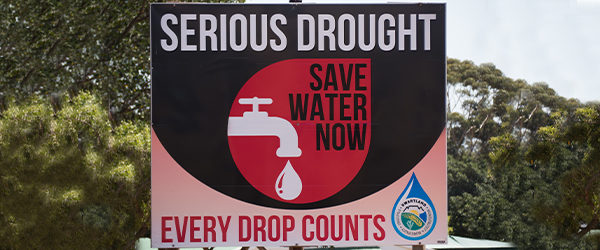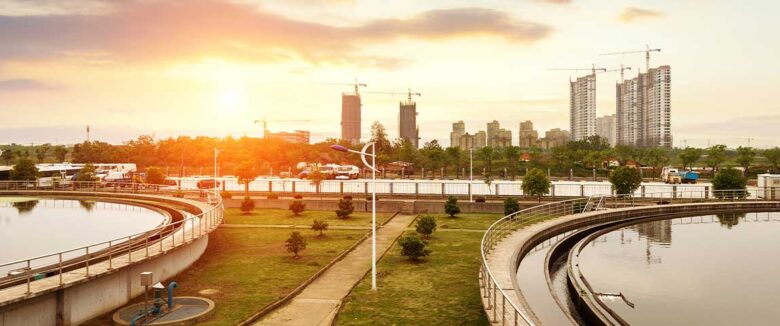Water conservation has been a major topic of discussion within the industry for many years now and will, no doubt, be among the most critical issues that mankind faces going forward. Nowhere has this been more apparent than in the city of Cape Town, South Africa earlier this year. Water scarcity was so dire that “Day 0” was established as the day when there would simply be no water left. With a population of approximately 4 million people, crisis was imminent.
Successful conservation measures delayed “Day 0”
Drastic conservation measures were imposed, and the good news is that they were largely successful. Water usage in and around Cape Town for irrigation was reduced by approximately 60% while the general public kept all non-essential water usage (e.g. washing cars, long showers, etc) to an absolute minimum. As a result of these aggressive conservation measures, Day 0 was pushed forward from the original April 2018 deadline to late June 2018. At present, Day 0 has now been deferred into 2019 provided that conservation measures continue, and rain brings some relief to the 4-year drought that the area has suffered from. The issue of population growth is another challenge that must be taken into account as Cape Town’s population has increased by nearly double since the end of apartheid in 1995, thereby putting an even greater burden on municipal infrastructure.
The unexpected challenge with water conservation
I have made two trips to South Africa over the past twelve months and saw first-hand, the challenge of water conservation, as well as a unique wastewater treatment challenge resulting from their extreme conservation initiatives. For most municipal wastewater treatment plants that I am used to dealing with, their influent characteristics do not change significantly aside from occasional rain events or sizing challenges associated with growing or shrinking populations. Nevertheless, these challenges tend to be either short term (i.e. rain events) or develop slowly (i.e. population shifts). The problem that I saw in Cape Town was one that I may not have anticipated if I was in their place. While reduced water usage resulted in significantly reduced flow to local wastewater treatment facilities, the loading of actual waste did not change to a significant degree. That is, while the population was producing a similar amount of waste, there was far less water to carry it, resulting in wastewater streams becoming far more concentrated.
As a result, BOD, as well as nutrient loadings (e.g. Ammonia, Phosphorous, etc.), became a unique and challenging task to overcome, considering the hydraulics of existing treatment facilities. When originally built, the wastewater systems were designed for certain conditions and likely operated well when operating conditions were as they were at the time of construction. However, slashing the influent flow rate while receiving the same mass of waste material per day (i.e. BOD loading) presented a major challenge. Modifying operating conditions to account for drastic changes in influent characteristics (i.e. Ammonia concentration increasing by more than double) is not something that can be easily addressed with the existing design, hydraulics, and acclimated biological population. It essentially sends engineers back to the drawing board to figure out what adjustments and modifications are necessary for their plant to adequately treat their wastewater under such unique circumstances.
Creative solutions for Cape Town
Potential solutions to biological treatment challenges often come via some creative engineering and outside-the-box thinking. The situation in Cape Town is no different. The University of Cape Town has been experimenting with the use of biorefineries to not only produce water fit for use by the public but also extract resources that can make the process economically viable. Whereas concentrated wastewater streams may prove problematic for conventional treatment plants as they were designed, they may present an opportunity for a biorefinery to extract greater value.
Like many biological treatment plants I’ve worked with over the years, each has its own set of unique problems, and quite possibly, unique opportunities. And it’s likely that we all need to start thinking how we can manage our most valuable resource – water – more creatively.
Learn more about the University of Cape Town’s research in this area.









